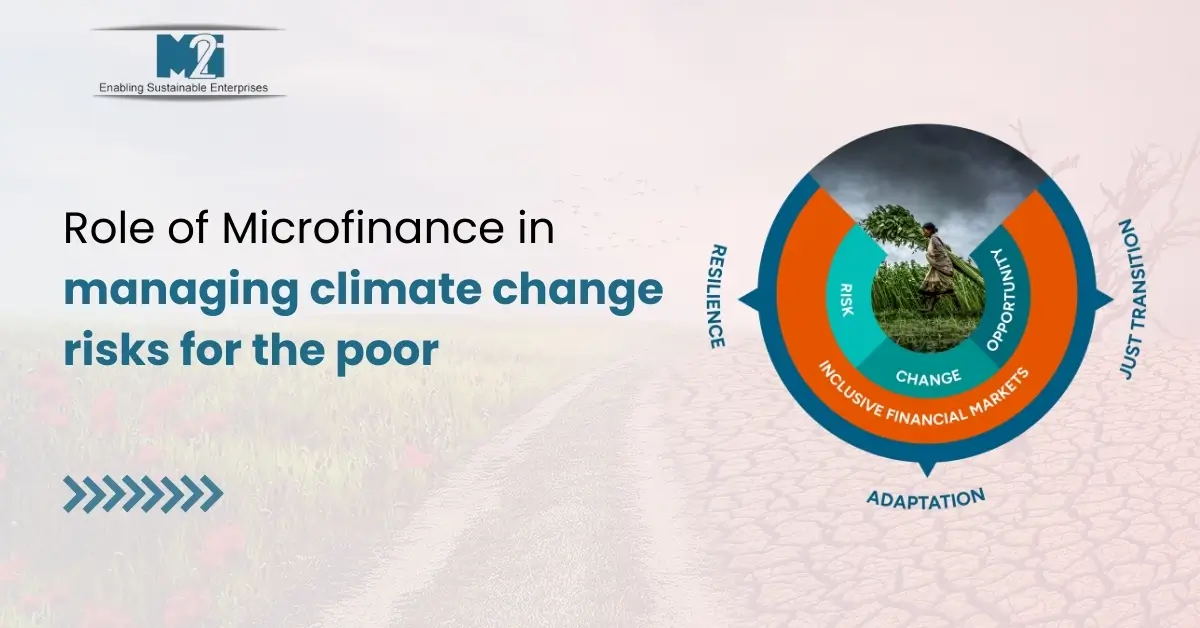
Role of Microfinance in managing climate change risks for the poor
In the face of climate change, microfinance emerges as a powerful tool to mitigate its impacts on the livelihoods of the poor. By providing financial services to those traditionally excluded from formal banking systems, microfinance institutions (MFIs) can play a crucial role in building resilience and enabling vulnerable communities to adapt to environmental changes.
One of the primary ways microfinance helps manage climate-related risks is through the provision of small loans. These loans can be used by farmers to invest in climate-resilient agricultural practices, such as drought-resistant crops or efficient water-saving technologies. Such investments not only reduce the vulnerability of smallholder farmers to erratic weather patterns but also increase productivity and income stability, thereby enhancing food security.
Moreover, microfinance can facilitate access to insurance products tailored to the needs of low-income populations. Weather-indexed insurance, for example, provides payouts based on specific weather conditions, such as rainfall levels, that affect crop production. This type of insurance can shield farmers from the financial devastation caused by climate-induced crop failures, offering a safety net that helps maintain their livelihoods.
Access to savings accounts through MFIs is another critical aspect of building resilience against climate change. Savings allow poor families to create a financial buffer, enabling them to recover more quickly from the impacts of extreme weather events or to relocate temporarily if necessary. This financial cushion is essential for coping with the immediate aftermath of natural disasters and for long-term recovery.
Furthermore, microfinance institutions can support energy poverty alleviation by financing renewable energy projects. Loans for solar panels or energy-efficient cookstoves can reduce dependence on fossil fuels and decrease greenhouse gas emissions, contributing to climate change mitigation efforts while improving living conditions for the poor.
Microfinance, therefore, represents a vital strategy in the fight against climate change, providing the poor with the financial tools needed to adapt to its impacts. By empowering vulnerable communities to invest in resilience-building measures, microfinance can help protect livelihoods against the increasingly unpredictable challenges posed by a changing climate.